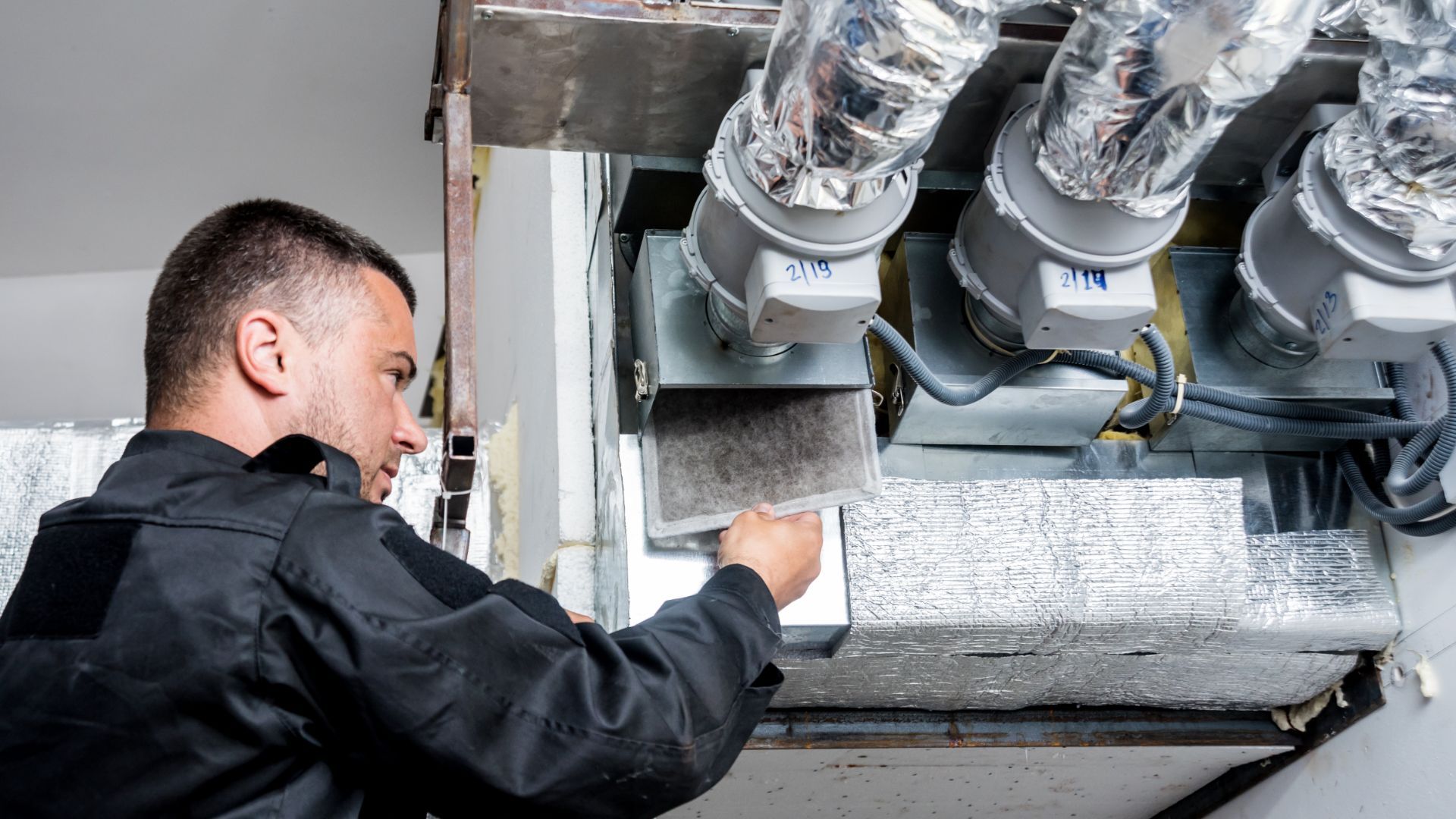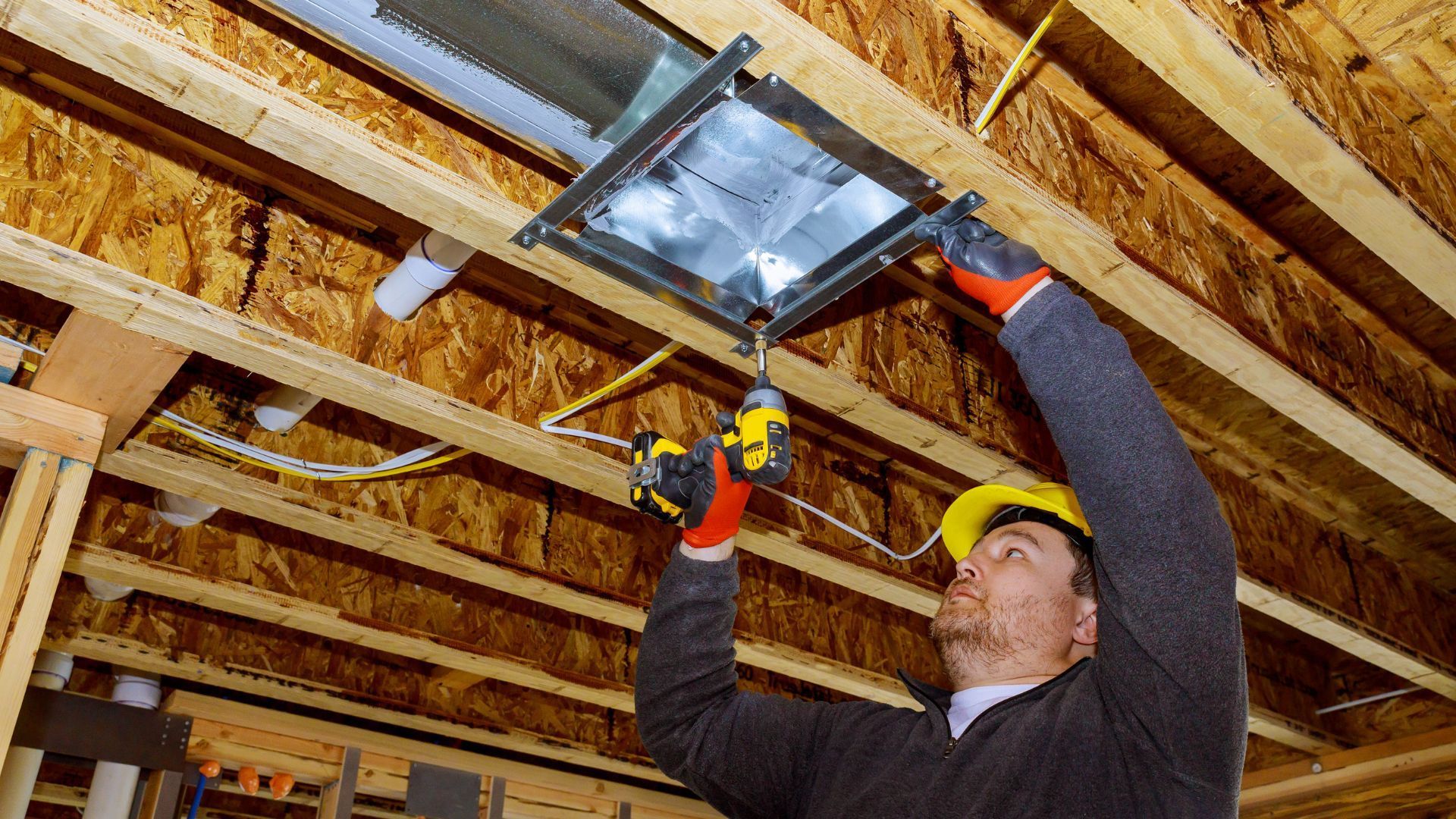Working Hours: Monday - Friday 08:00 AM - 04:30 PM
Efficiency Tips for Window Air Conditioning Units

Window air conditioning units are a popular and convenient option for cooling homes, apartments, and small businesses. However, they can also be a significant source of energy consumption, driving up monthly utility bills. The good news is that with a few simple steps, you can maximize the efficiency of your window air conditioning unit and save money on your energy bills.
Understanding Window Air Conditioning Units
Window air conditioning units can be a convenient and low-cost way to cool down your house or business building. However, it is also important to understand the components and factors that can contribute to the efficiency of these units.
The basic components of a window air conditioning unit are a fan, compressor, and evaporator that work together to circulate and regulate cool air into your space. The efficiency of a unit is measured by the Seasonal Energy Efficiency Ratio or SEER, which assesses the amount of energy the unit requires to cool a certain volume of air.
To ensure optimal efficiency, it is also important to have the right unit size for your room.
If the unit is too small, it will have to work harder and consume more energy to cool the room. On the other hand, if the unit is too large, it will rapidly cool the room, but then shut off, leading to wasted energy and higher energy bills.
So, it is important to strike the right balance between the unit size and room size, to get the most out of your window air conditioning unit. By doing so, you can enjoy a comfortable, cool space without having to worry about sky-high energy bills!
Maintenance for Efficiency
Maximizing the efficiency of your window air conditioning unit is a matter of taking a few simple steps to keep it well-maintained and properly installed. With a little bit of attention, you can enjoy a more comfortable and energy-efficient space, while also reducing your impact on the environment.
One of the most effective ways to improve the efficiency of your window air conditioning unit is through regular cleaning and maintenance. This can include cleaning the unit itself, as well as its various components. Keeping the unit free of dust and debris will help it to run more smoothly, which in turn can reduce energy consumption.
Another important aspect of maintaining your window air conditioning unit is changing the filter regularly. Over time, the filter can become clogged with dirt, dust, and other particles, which can impact the efficiency of the unit. By replacing the filter as needed, you can ensure that the unit is able to function at its best and provide you with cool, comfortable air.
Energy Saving Tips
There are several simple steps you can take to improve the efficiency of your window air conditioning unit and save money on your energy bills. For example, using a smart thermostat can help you control the temperature of your room more effectively. You can also set the temperature of your room to a comfortable level and avoid making frequent temperature changes.
Using fans in conjunction with your window air conditioning unit can also help to improve its efficiency. The fan can help to circulate the cool air throughout the room, which will reduce the workload of the air conditioning unit.
Implementing a schedule for your window air conditioning unit can also help to save energy. For example, you can set the unit to turn off when you leave the room and turn back on when you return.
Finally, limiting sun exposure to your room can help to reduce the workload of your window air conditioning unit. You can close curtains, shades, or blinds during the hottest parts of the day to keep the room cooler.
Advanced Techniques for Increased Efficiency
Beyond the basic steps outlined above, there are several advanced techniques that can help to take the efficiency of your window air conditioning unit to the next level. These techniques can help to reduce energy consumption and ensure that you are getting the most out of your unit.
One such technique is sealing air leaks around the unit. By eliminating gaps and cracks, you can help to reduce the amount of energy that the unit needs to consume to cool your space. This can have a significant impact on your energy bills and help you to save money over time.
Another advanced technique that can improve the efficiency of your window air conditioning unit is insulating it. This can be done by using a foam backer rod or weather stripping to fill any gaps between the unit and the window frame. By preventing air from escaping, you can help the unit to function more effectively and reduce energy consumption.
Finally, adding weather stripping around the unit can also help to improve its efficiency by reducing air leaks. This simple step can help to reduce the amount of energy that the unit needs to consume to cool your space and keep you comfortable, regardless of the weather outside.
Conclusion
In conclusion, maximizing the efficiency of your window air conditioning unit is essential to saving money on your energy bills. By understanding how the unit works, maintaining it properly, and implementing simple energy saving tips, you can improve its efficiency and reduce your energy costs. With a few simple steps and a little bit of effort, you can keep your home or office cool and comfortable while also reducing your impact on the environment.
Whether you are a homeowner or a business owner, the tips outlined in this article will help you to improve the efficiency of your window air conditioning unit and save money on your energy bills. So, start taking action today and enjoy a more comfortable and energy-efficient space!
Finding highly efficient window air conditioning units in London, Ontario? Visit us to find great deals!

INFORMATION
176 Rectory St, London, ON N5Z 2A5, Canada
Follow us on Facebook
BROWSE OUR WEBSITE
EMERGENCY SERVICE









